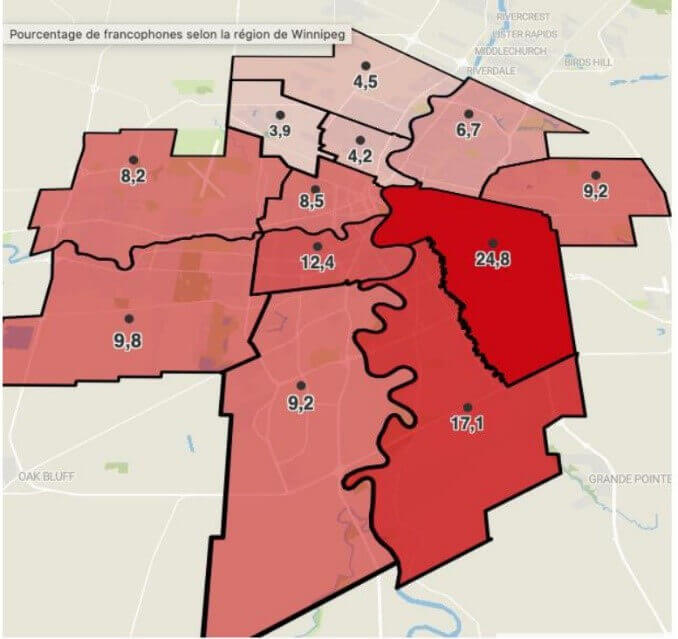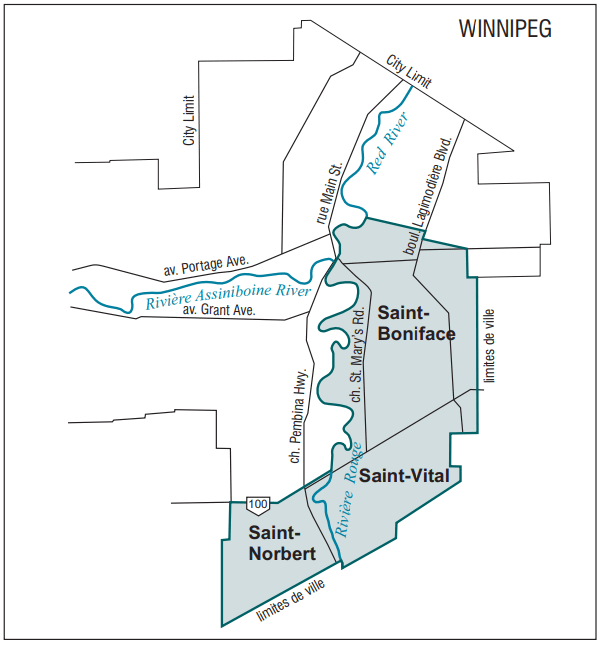By Jack Tyrell, VGH Volunteer
What happens when we experience a loss?
Loss is what we experience when something is taken from us. Relatively common losses include the loss of a job, a pet, a pregnancy, a relationship, a loved one, good health, or even the loss of a dream. If we lose something that we value, the natural responses can include disbelief, anger, and great sadness.
Experiencing any form of loss can impact our mental well-being. Because of this, it is important to reach out to those who are experiencing a loss to show our support and make sure they know they are not alone. Helping someone through a loss can be a challenging assignment, but it is also an act of humanity that makes a huge difference; actions like this make the world a better place. It can be very intimidating to know what to say or do when someone has experienced a profound loss, but with this list of Do’s and Don’ts you should be well prepared.
Things to Do:
- Reach out.
- Ask if they want to talk and accept their response.
- Check in often.
- Be empathetic and supportive.
- Understand that everyone grieves differently and for different amounts of time.
- Understand that you may not understand exactly what they are going through.
- Be willing to sit in silence; sometimes they just need to know someone is there.
- Acknowledge their feelings.
- Acknowledge the situation.
- Offer help in practical ways.
- Drop off food.
- Offer to help with errands and chores.
- Show continued support.
- Watch for symptoms of depression and voice your concerns if you see anything. Be prepared to provide recommendations to mental health supports such as Winnipeg’s Mobile Crisis Line (204-940-1781), or Canada’s Suicide Prevention Service (833-456-4566; SMS 741741).
Things Not to Do:
- Don’t let your anxieties stop you from reaching out. Unless people reach out, the grieving person can feel abandoned in addition to their grief.
- Don’t force them into a conversation if they are not up for it but do let them know you are there when they are ready to talk.
- Don’t try to fix everything.
- Don’t try to compare your experience to theirs.
- Don’t force them to see silver-linings.
- Don’t diminish their feelings or the situation.
Remember, you don’t have to be perfect. Be patient with yourself if you feel inadequate. Chances are your efforts will still make a big difference in the life of someone who is suffering with their grief.
References
Baker, M. (2020). How To Support A Loved One with Depression. Retrieved from
https://thedepressionproject.com/school/books/how-to-support-a-loved-one-with-depression
Psoriatic-athritis.com Editorial Team (2018, March 30). How Can I Help? Tips (and Resources!) for Supporting Someone with PsA. Retrieved from https://psoriatic-arthritis.com/living/tips-resources-support-relationships/
Hoggart, A. (2018, January 26). 21 Ways to Help Someone You Love Through Grief. Retrieved from https:// time.com/5118994/advice-for-helping-grieving-friend/
How to Support a Partner with Depression. (2020, May 08). Retrieved from https://www.raq.org.au/blog/how-support-partner-depression
Melinda. (2020, September). Helping Someone Who’s Grieving. Retrieved from https://www.helpguide.org/articles/grief/helping-someone-who-is-grieving.htm







